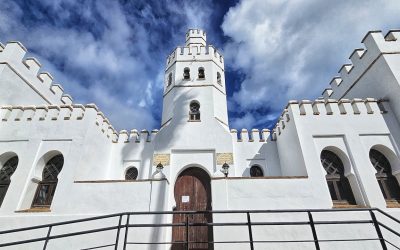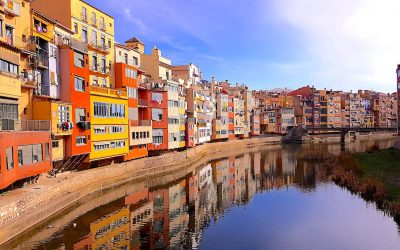Travelling through Spain over the last two years has been an enlightening experience that has taught us plenty, surprised us consistently...

Catalonia
Catalonia
How to spend 24 hrs in Girona
The first thing that struck us as we arrived in this Catalan city was how quiet it was. I suppose we have comparisons of...
Follow us
You can find us on social media,
different channels for different content.


